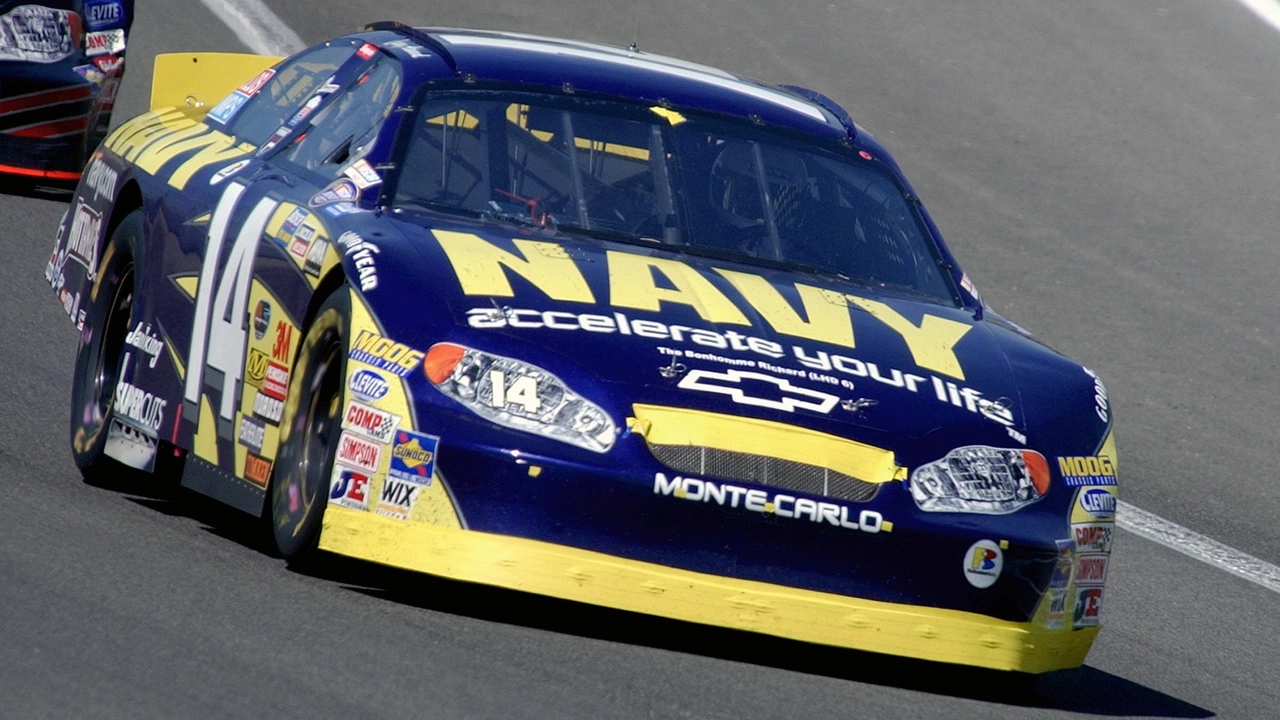Race Car Driving: How to Get Behind the Wheel and Stay Safe
Ever wondered what it feels like to tear around a track at 200 mph? Race car driving isn’t just for pros – anyone with the right mindset can learn the basics and work toward a real career. In this guide we’ll break down the first steps, share safety hacks, and sprinkle in some cool facts you’ll love.
How to Start a Race Car Driving Career
The fastest way to get started is to hop into karting. Most champions began in a kart because it teaches car control, race lines, and reaction time without breaking the bank. Look for a local karting club, rent a kart for a few weekends, and focus on hitting consistent lap times.
After you’ve got a feel for racing, apply for a competition licence from your national motorsport authority. The paperwork usually asks for a medical check and a short driving assessment, but it’s the passport you need to enter official events.
Next, enter entry‑level races – think Formula 4, club‑level touring cars, or regional sprint series. These events are cheaper than top‑tier series and give you real track experience. Treat each race like a classroom: note where you lost time, what the car did on corners, and how you felt after a long stint.
Networking is just as important as seat time. Talk to team owners, bring a résumé of your results, and be ready to discuss how you can bring value – whether that’s a slick social‑media following or a local sponsor willing to fund a season.
Gear Up: Suits, Safety, and Why Accidents Are Rare
Comfort matters when you’re hunched over a steering wheel for hours. Look for racing suits with stretch panels in the shoulders and hips – they let you move without feeling restricted. Good ventilation keeps sweat from turning the cockpit into a sauna, and reinforced padding protects you if you slide off the track.
Modern race cars are built like safety cages. They’re lightweight, aerodynamic, and packed with roll‑over structures, fire‑suppression systems, and energy‑absorbing foam. Combine that with a well‑fitted helmet, HANS device, and fire‑resistant suit, and the odds of a serious injury drop dramatically.
People often ask why racing cars rarely crash despite the speed. The answer is a mix of driver skill, strict regulations, and tech. Drivers train for years to master braking points and throttle control, while race officials enforce track limits and safety car procedures to prevent chaotic situations.
Ever heard the term "pole position" and wondered where it came from? It actually started in horse racing, where the fastest horse got the inside spot next to the pole. In car racing, the driver who posts the quickest qualifying lap starts at the front of the grid – the prime spot for a clean start.
So whether you’re eyeing a future in Formula 1, dreaming of sprinting around a local oval, or just want to understand the buzz behind the sport, the path starts with a kart, a licence, and the right gear. Keep learning, stay safe, and chase that pole position – the track is waiting.
What is it like to be a race car driver?
Living life in the fast lane definitely doesn't get the appreciation it deserves, folks! Being a race car driver is like playing the world's most adrenaline-charged video game, except it's your life on the line, not some digital avatar - talk about a thrill! The precision, focus, and agility required to maneuver a beastly machine at breathtaking speeds is beyond comprehension for most of us mortals. And the g-force? It's like a giant invisible wrestler giving you a bear hug while you're trying to do your taxes - on a rollercoaster! So next time, when you're stuck in traffic, just imagine what it would be like to swap your seat with a race car driver.



